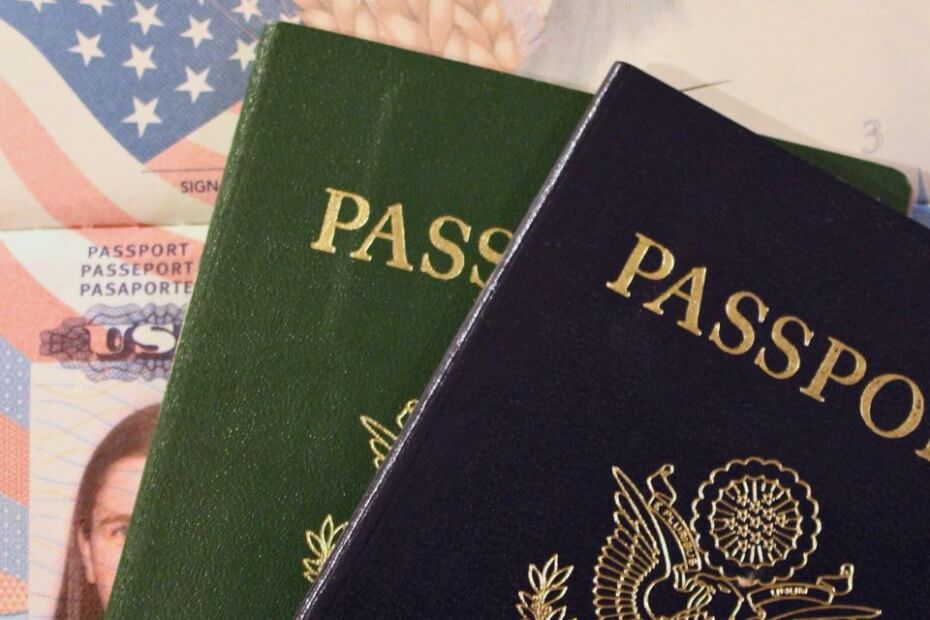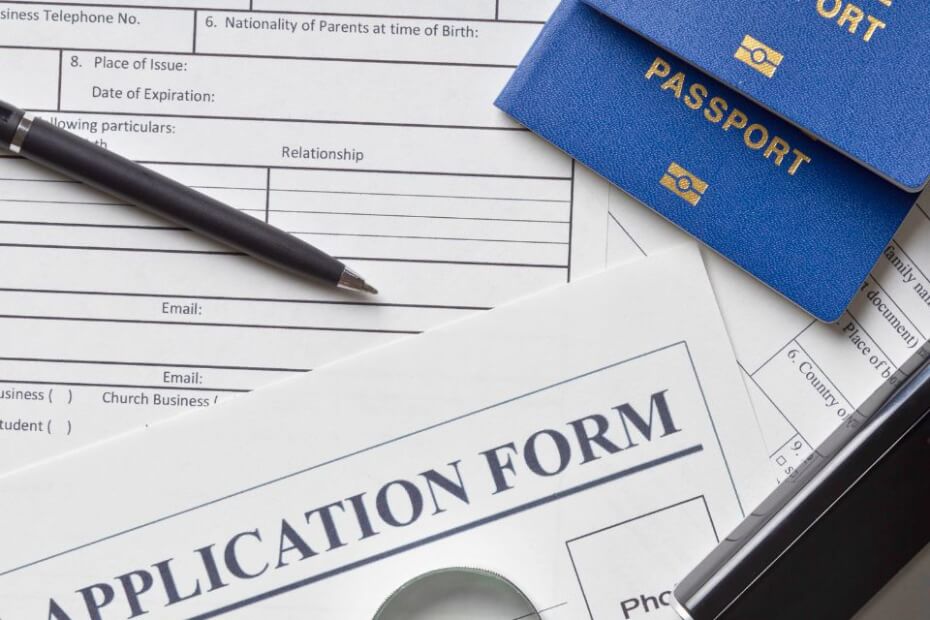
Traveling to the United Kingdom (UK) is about to change for millions of visitors who typically do not need a visa.
The UK’s new Electronic Travel Authorization (ETA) scheme will be rolled out for all non-visa travelers by the end of 2024 or early 2025.
But how exactly will the new UK ETA for dual nationals work? Let’s break it down.
What is the UK ETA?
The UK ETA scheme is part of the UK’s broader efforts to enhance border security and streamline the immigration process.
An ETA is not a visa but a digital travel permit for travelers who can visit the UK for short trips of up to six months without a visa.
Non-visa travelers must apply for and receive an ETA before boarding a flight or other form of transport to the UK.
The system requires travelers to apply online, provide personal information, and answer security-related questions.
This ensures that all UK visitors are pre-screened and vetted before they arrive.
Once approved, the ETA will be valid for multiple short trips to the UK over two years or until the traveler’s passport expires, whichever comes first.
Any change in passport information will also require the holder to re-apply for an ETA before their UK trip.
How does the UK ETA for dual nationals work?

Individuals with two citizenships are considered dual nationals. This means they hold passports from two different countries where they are recognized as citizens.
For travelers with dual nationalities bound for the UK, the ETA scheme still applies to them if they are eligible. If so, it’s crucial to travel to the UK using the same passport used when applying for the ETA to avoid any issues at the UK border.
Dual nationals with a visa and a non-visa passport
It’s relatively simple for dual nationals who have one passport from a country that requires a visa to enter the UK and another from a country that does not.
Since the non-visa passport allows entry with just an ETA, they should use this passport when traveling to the UK.
This allows them to avoid obtaining a visa while still complying with UK entry requirements. Applying for a UK visa is more expensive, requires more documents plus an in-person appointment, and takes longer to receive a decision.
For example, suppose you have an Indian and a Canadian passport. In that case, you should apply for an ETA using your Canadian passport since the Indian passport will require you to apply for a visa.
Dual nationals with two non-visa passports
Travelers with two passports, both issued by countries that currently do not require a visa to enter the UK, will need an ETA to travel for at least one of their passports.
For example, you have a Canadian and an Australian passport. You should apply for your ETA on only one passport, either your Canadian passport or your Australian one.
If you applied for an ETA using your Canadian passport, you should present this passport when boarding your flight to the UK.
Switching passports during travel could cause issues at the border. The UK ETA is digitally linked to the specific passport you used when applying.
Travelers with two non-visa passports can submit separate UK ETA applications for each of their passports if they want the flexibility to use either for UK travel.
Dual nationals with an ETA-exempted passport and a non-visa passport
Those who hold British passports are exempt from the ETA requirement. UK citizens can enter the UK without any additional travel authorization.
This rule also applies to citizens from countries fully exempt from the ETA scheme. This is the case for Irish citizens and British Overseas Territory citizens.
In this case, travelers have a choice. They can either travel using their British, Irish, or British Overseas Territory passport, or use their non-visa passport and apply for an ETA.
Experts recommend using a British or other exempt passport to enter the UK to simplify things. This eliminates the need to pay for an ETA application and ensures a smoother traveling experience.
Frequently asked questions on the UK ETA for dual nationals

With the new UK ETA scheme, dual nationals may have many questions about how it applies to them. Let’s address some of the most common queries.
Can I apply for a UK ETA with both of my passports?
You may apply for a UK ETA using both passports, but experts advise against this. You should apply for an ETA with one of your passports and use the same passport when traveling to the UK.
Switching passports can lead to immigration issues since the UK ETA is linked to the passport you used on the ETA application.
What if one of my passports doesn’t require a UK ETA?
If you hold a British passport or other ETA-exempt passport, you do not need to apply for an ETA if you travel with that passport. You only need an ETA if you choose to travel with your non-exempt passport.
When applying for a UK ETA, do I need to inform the British government of my dual nationality?
You must disclose information about all your citizenships in the UK application form. This helps ensure a thorough security check. However, if granted, the ETA will be linked to the primary passport information you used to apply.
What happens if my UK ETA application is denied?
If your UK ETA application is denied, you must contact the UK’s visa and immigration services to find out why. You may need to provide additional information or apply for a visa, depending on the reason for the denial.
Can I still enter the UK with my other passport if my ETA is denied?
If you hold a British passport or a UK ETA-exempt passport, you can still enter the UK with that passport. This will be the case even if your UK ETA application for your other passport is denied.
However, if both of your passports require a UK ETA and one is denied, you cannot enter the UK with either passport until the issue is resolved.
Can I use my British passport when coming to the UK and use the European Union (EU) passport when entering the Schengen Area?
Those with both a UK passport and a passport from an EU country (excluding Ireland) can use their British passport to enter the UK without an ETA. When traveling to EU countries, they can use their EU passport.
It’s worth noting that EU citizens currently don’t need an ETA to visit the UK. However, this may change by the end of 2024 or early 2025 as the system expands.
I have an American passport and a British passport. Can I switch passports when traveling to the UK and the US?
Dual UK-US citizens can enter the EU with their US passport and return to the UK with their British passport. This avoids any confusion about UK entry requirements.
However, when returning to countries like the US, which require citizens to use their American passports for entry, they can switch documents accordingly.
The same applies to other dual nationals with British passports.
What to expect on the UK ETA for dual nationals moving forward
The new UK ETA system will undoubtedly change how travelers plan their trips to the UK, especially those with dual nationalities.
The key is understanding which passport to use and ensuring that your ETA application is completed correctly and well in advance to avoid complications.
The standard processing time for an ETA is typically around 72 hours. Still, it is advisable to allow more time in case of any complications.
It’s important to note that an ETA grants permission to travel to the UK. However, it doesn’t guarantee entry. Border officials still have the final say on admission.
As the system rolls out, you must stay informed about any updates or changes that might affect your travel plans.
Seasoned travelers or first-time visitors to the UK should know how the ETA works for dual nationals. This will ensure hassle-free journeys to and from the UK.

